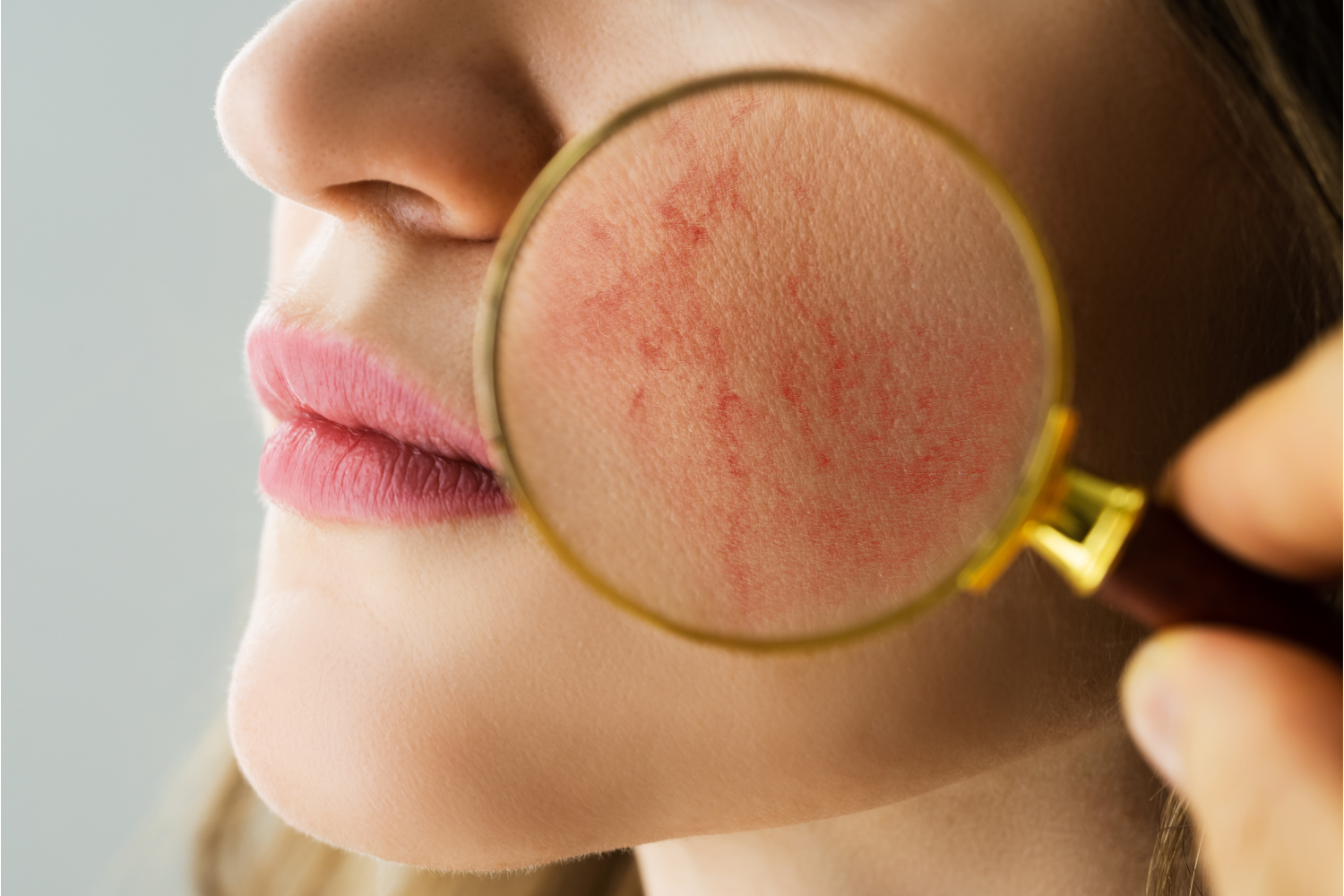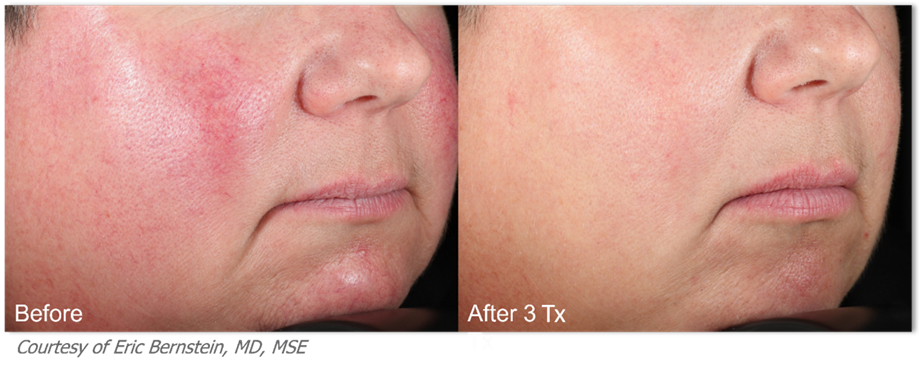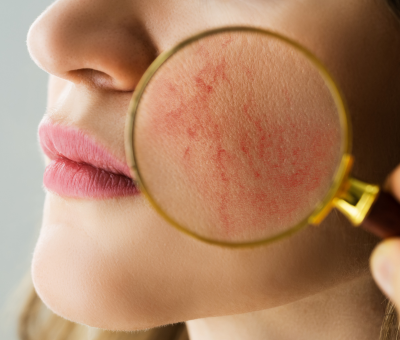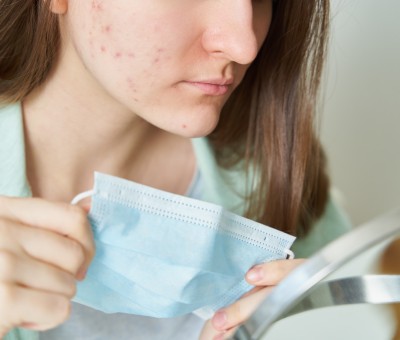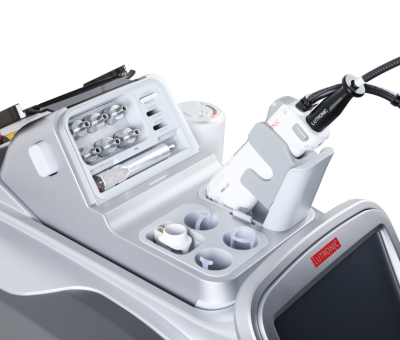Almost anyone who has suffered from rosacea will tell you that it entails more than just redness of the skin. In addition to facial flushing, rosacea patients can develop acne, prominent vessels on the nose, cheeks, and chin, an uncomfortable, burning sensation in their skin, and in some cases, severe dryness and irritation of the eyes, known as ocular rosacea.
If left untreated, rosacea can progress into rhinophyma, which is characterized by a swelling of the nose with a sponge-like texture to the skin (for my fellow over-50 folks out there, think of the old comedian, WC Fields)
What is the cause of rosacea?
It is actually unknown what causes rosacea, but some theories attribute the skin condition to genetics or an overactive immune system.
Interestingly, researchers have long observed that there is an increase in the density of the microorganism known as Demodex, which lives on the skin of all human beings, on the skin of rosacea patients, but it is still unknown whether this microorganism is the cause or a result of rosacea (like a chicken and egg situation – which came first?). It’s important to note that rosacea is not caused by poor hygiene, alcoholism, nor is it contagious.
Additionally, while the evidence is still considered anecdotal, rosacea has been reported to be associated with various gastrointestinal diseases such as IBS, IBD, celiac, reflux, and other gut problems.
From my own experience as an aesthetician working many years in the industry, I have absolutely noticed a correlation in my clients who have rosacea also suffering from some type of chronic gastrointestinal issue, so I would tend to agree that there is something to this observation.
While the cause of rosacea is unknown, there are common factors that can trigger a flareup, such as:
- Stress
- Alcohol
- Exercise
- Hot drinks and spicy foods
- Certain hair and skin care products
- Environmental factors, like sun, heat, cold, and wind
- Certain drugs that dilate the small blood vessels, such as some blood pressure medications
Who is at risk for developing rosacea?
While anybody can develop rosacea, there are certain higher-risk factors that could indicate an increased propensity for the condition, such as:
- Family member(s) with rosacea
- History of smoking
- Risk of heart attack or stroke
- Between the ages of 30-50
- Skin that sunburns easily
- Frequently sensitive skin
- Skin that flushes easily, or always looks “rosy-cheeked”
How to minimize rosacea flareups?
- Identify your personal triggers and avoid them as much as you are able to.
- Protect your skin from the sun by applying a mineral-based SPF every day. Look for ingredients like zinc oxide and titanium dioxide.
- Practice gentle skin care. Avoid using soap and grainy scrubs on your face. Choose fragrance and alcohol-free products and apply a gentle moisturizer twice daily. Many people with rosacea have gotten improvement with products containing azelaic acid or niacinamide.
- Protect your skin from windburn by applying a petroleum jelly product like Vaseline or Aquaphor on your face before activities like skiing or running outside in the cold. This will create a barrier to the wind to prevent the skin from drying and chapping (don’t worry, this will not clog your pores!)
How do I know if I have rosacea and how can I treat it?
If you suspect you have rosacea, it’s important to get a proper diagnosis from your dermatologist, who may opt to prescribe an antibiotic and/or a topical medication containing an ingredient like metronidazole to treat the symptoms. While there is no cure for rosacea, the good news is that it is treatable with certain medications, products, and other modalities that can help slow down or halt the progression of the condition and keep it under control.
Whether you have been diagnosed with rosacea, or just experience similar symptoms like prominent vessels or frequent flushing in your skin, you can get significant, long-term results with laser treatments like Lutronic DermaV. This laser works by targeting the hemoglobin within the vessel, effectively ablating, or shrinking it so it is no longer visible and less prone to dilation.
This precision ensures that only the targeted vessel is impacted, leaving the surrounding skin intact, ensuring minimal downtime. Depending on the severity of your condition and the results you’re looking to achieve, several treatments may be required, but many patients see a noticeable difference after just one!
Rosacea Before and After
Conclusion
If you’re a patient looking to come up with a plan to treat rosacea, you can find your local DermaV provider on our Provider Locator.
If you’re a provider who is considering adding Lutronic DermaV to your practice, please Contact Us for more information.
